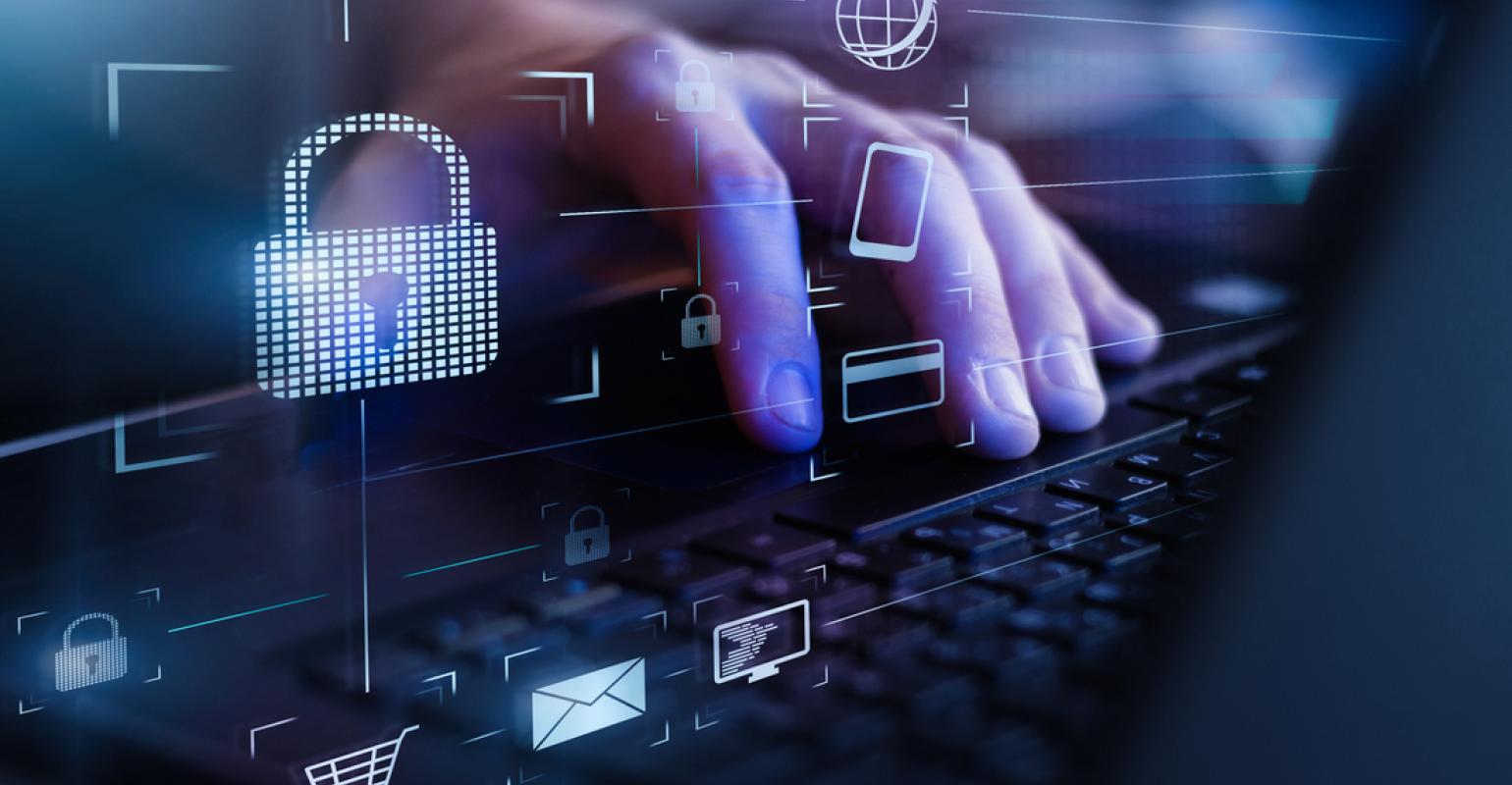Apple FileVault is a disk encryption program that protects your files by encrypting the entire contents of your startup disk. FileVault 2, introduced with Mac OS X Lion, encrypts your data using XTS-AES 128 encryption. When you turn on FileVault, you must enter your user password to unlock your disk. FileVault 2 is enabled by default on Lion and later.
Your Mac encrypts your startup disk using your user password as the encryption key. To unlock your disk, your Mac uses your user password and a key that is unique to your computer. If you forget your user password, Apple cannot help you recover your data.
If someone steals your computer, they cannot use your user password to unlock your startup disk and access your data. They must know your computer’s unique key to unlock your disk.
If you forget your user password, you can reset it using your iCloud password. If you forget your computer’s unique key, Apple cannot help you recover your data.
FileVault 2 is a great way to protect your data if your computer is lost or stolen.
Should I use FileVault disk encryption on my Mac?
FileVault is a disk encryption feature included with MacOS that encrypts the contents of a user’s hard drive, making it more difficult for someone to access your data if your Mac is lost or stolen.
Whether you should use FileVault disk encryption on your Mac depends on a number of factors, including your security needs, how often you access your data, and how comfortable you are with using disk encryption.
Here are some things to consider before deciding whether to use FileVault:
FileVault is a great way to protect your data from unauthorized access if your Mac is lost or stolen.
If you frequently access your data, you may not want to use FileVault, as it can slow down your computer.
If you’re not comfortable using disk encryption, you may want to skip FileVault and use a different security solution.
FileVault is a great way to keep your data safe, but it’s important to remember that it can also slow down your computer. If you’re not comfortable using disk encryption, you may want to skip FileVault and use a different security solution.
What happens if I disable FileVault on Mac?
If you disable FileVault, the data on the Mac’s hard drive will no longer be encrypted. This makes it easier for someone who doesn’t have the password to access the data.
Will FileVault slow down my Mac?
One question that often comes up is whether FileVault will slow down your Mac. The answer is that it depends on your Mac’s hardware. If your Mac has a fast solid state drive (SSD), FileVault will have minimal impact on performance. However, if you have a traditional hard drive (HDD), FileVault will slow down your Mac somewhat.
For the best performance, Apple recommends using an SSD for your startup disk. If you have an SSD, FileVault will have no noticeable impact on performance. If you have an HDD, you may want to consider disabling FileVault to improve performance.
Can I tell if someone has hacked my Mac?
There are a few telltale signs that someone has hacked your Mac, but unfortunately none of them are 100% reliable. However, by being aware of these signs and taking some common-sense precautions, you can make it more difficult for someone to hack your Mac and steal your data.
One sign that your Mac may have been hacked is that it suddenly starts running more slowly than usual. This may be because the hacker has installed malicious software that is using up your computer’s resources. Another sign that something is wrong is if you start receiving strange emails or messages that you didn’t expect, or if your computer starts behaving oddly or crashing more frequently than usual.
If you think that your Mac may have been hacked, the first thing you should do is run a virus scan to check for any malicious software that may have been installed. You can use a free antivirus program such as Avast or Malwarebytes, or you can use a paid antivirus program such as Apple’s own Mac antivirus program, MacKeeper.
Another thing you can do to protect your Mac from hackers is to enable FileVault disk encryption. FileVault encrypts your computer’s hard drive so that if it is ever stolen or hacked, the hacker won’t be able to access your data. To enable FileVault, open System Preferences and click on the Security & Privacy tab. Then click on the FileVault tab and click the “Turn On FileVault” button.
You should also make sure to keep your Mac up to date with the latest software updates, as many of these updates include security fixes that can help protect your computer from hackers. You can check for updates by opening the App Store and clicking the Updates tab.


